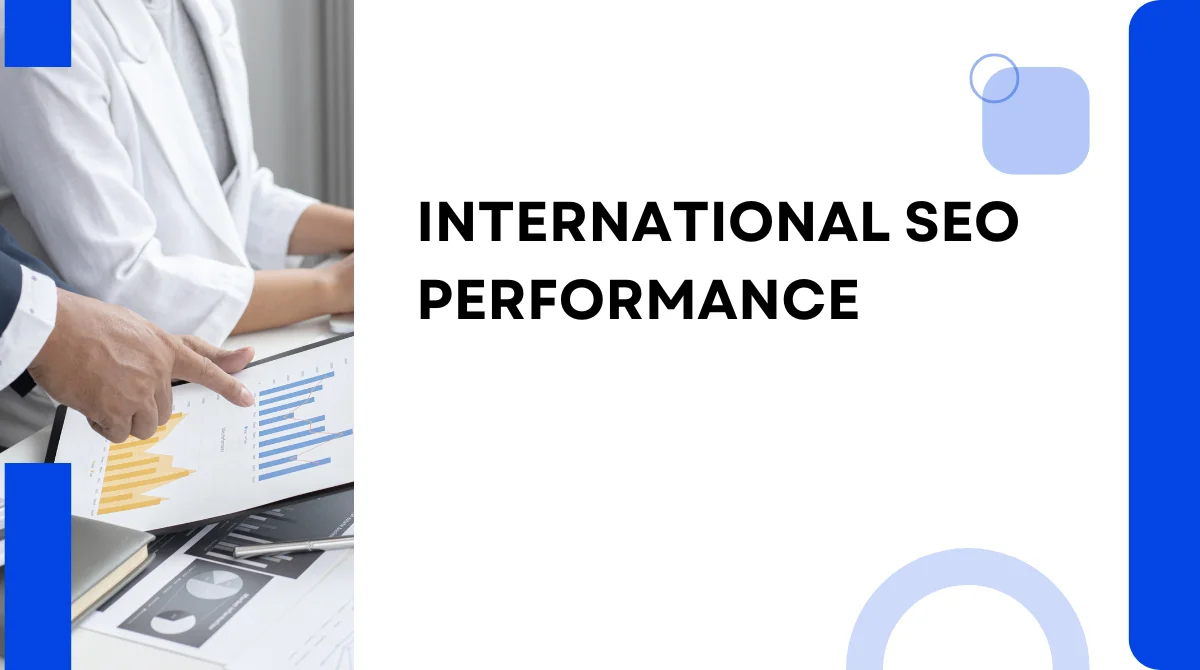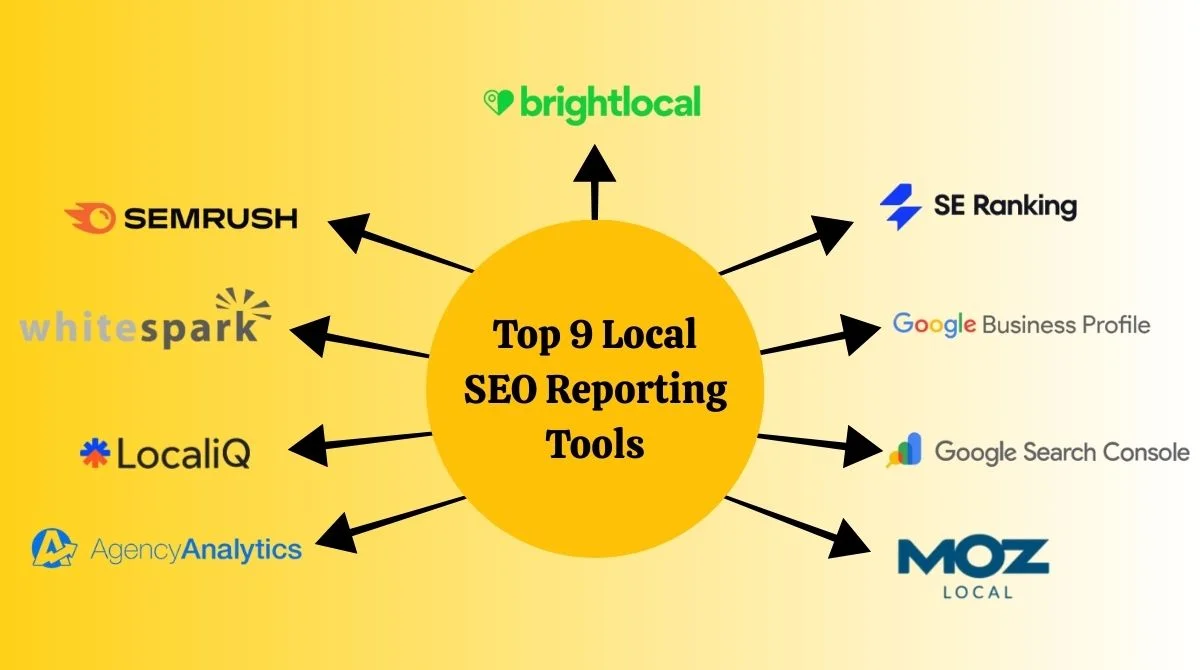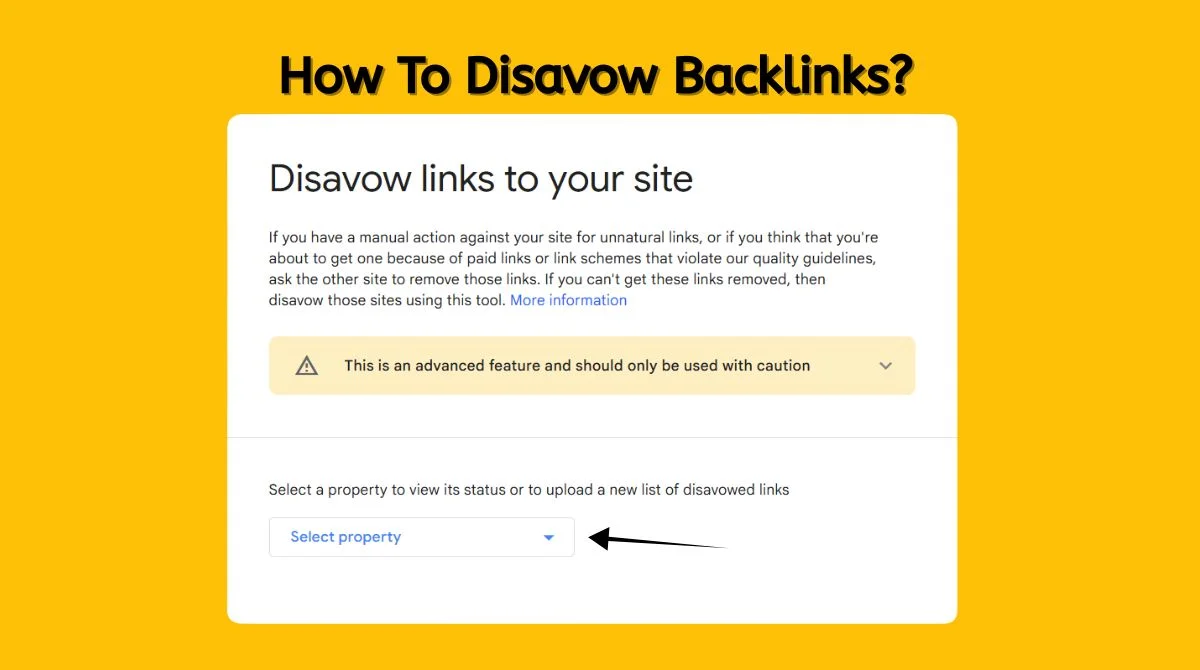- What Does It Mean to Index Backlinks?
- Why Backlink Indexing Matters for SEO?
- How Google's 2024-2025 Algorithm Updates Affect Backlink Indexing?
- 11 Proven Ways to Index Backlinks Faster
- Common Mistakes to Avoid When Indexing Backlinks
- How to Check If Your Backlinks Are Indexed?
- Best Practices for Long-Term Backlink Indexing Success
- Conclusion
What Does It Mean to Index Backlinks?
Indexing backlinks means search engines have discovered and stored your backlinks in their database. When Google crawls a website and finds your backlink, it gets indexed and starts passing link juice to your site.
Think of it this way: a backlink that isn’t indexed is like a bridge that doesn’t appear on any map. Nobody knows it exists, so it can’t help people find their destination.
Google doesn’t care about backlinks it hasn’t found yet. No crawl means no link juice and no ranking boost. That’s why learning how to index backlinks properly is crucial for your SEO success.
Why Backlink Indexing Matters for SEO?
Getting your backlinks indexed directly impacts your search rankings. Here’s why it matters:
- Search Engine Recognition: Only indexed backlinks count toward your site’s authority and ranking potential.
- Link Juice Transfer: Indexed backlinks pass their full SEO value to your target pages.
- Competitive Advantage: Higher-quality website backlinks are indexed faster by Google. This means quality backlinks give you faster results.
- ROI Maximization: You’re wasting money on link building if those backlinks never get indexed.
How Google’s 2024-2025 Algorithm Updates Affect Backlink Indexing?
Google’s recent algorithm updates have changed how backlinks get indexed and valued. The March 2024 Spam Update introduced a stronger crackdown on AI-generated content and deceptive link-building practices.
- Quality Over Quantity: Google now prioritizes high-quality backlinks over massive link volumes.
- Content Authenticity: The March 2024 Core Update addresses low-quality content and targets manipulative practices.
- Faster Indexing for Quality Links: Domain age significantly affects indexing speed – older domains get their backlinks indexed faster.
11 Proven Ways to Index Backlinks Faster
1. Submit to Google Search Console
The most direct method is using Google Search Console’s URL inspection tool.
Log in to your Search Console account. Enter the URL containing your backlink. Click “Request Indexing” if the page isn’t indexed yet.
This method works best for high-authority websites that Google crawls regularly.
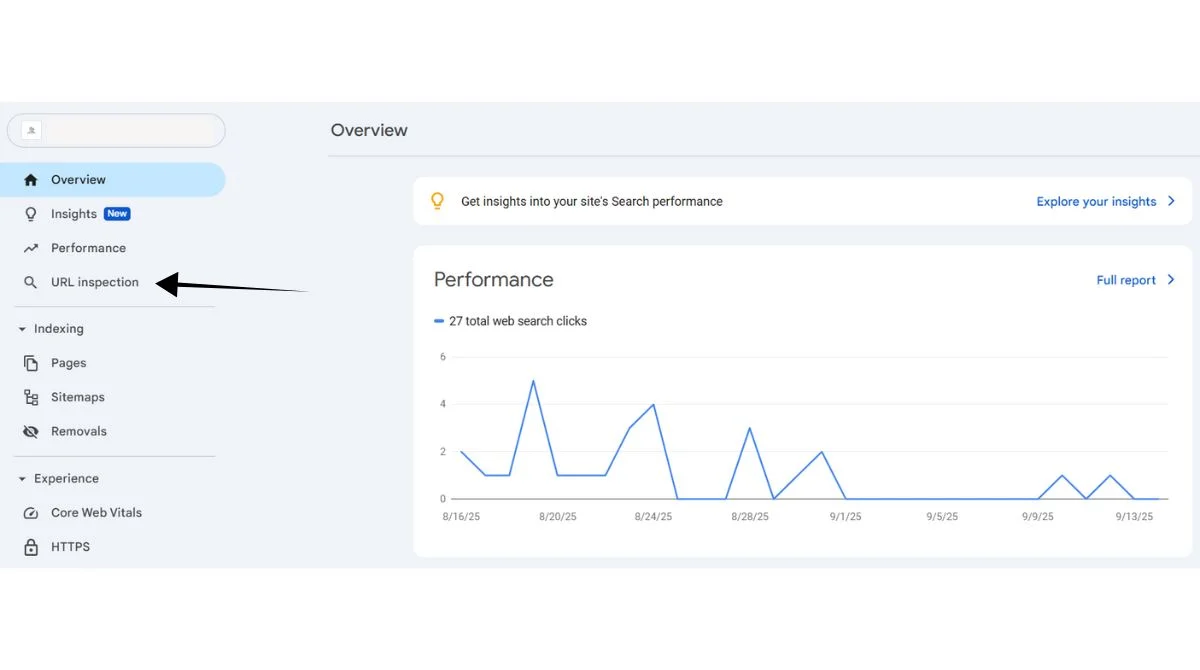
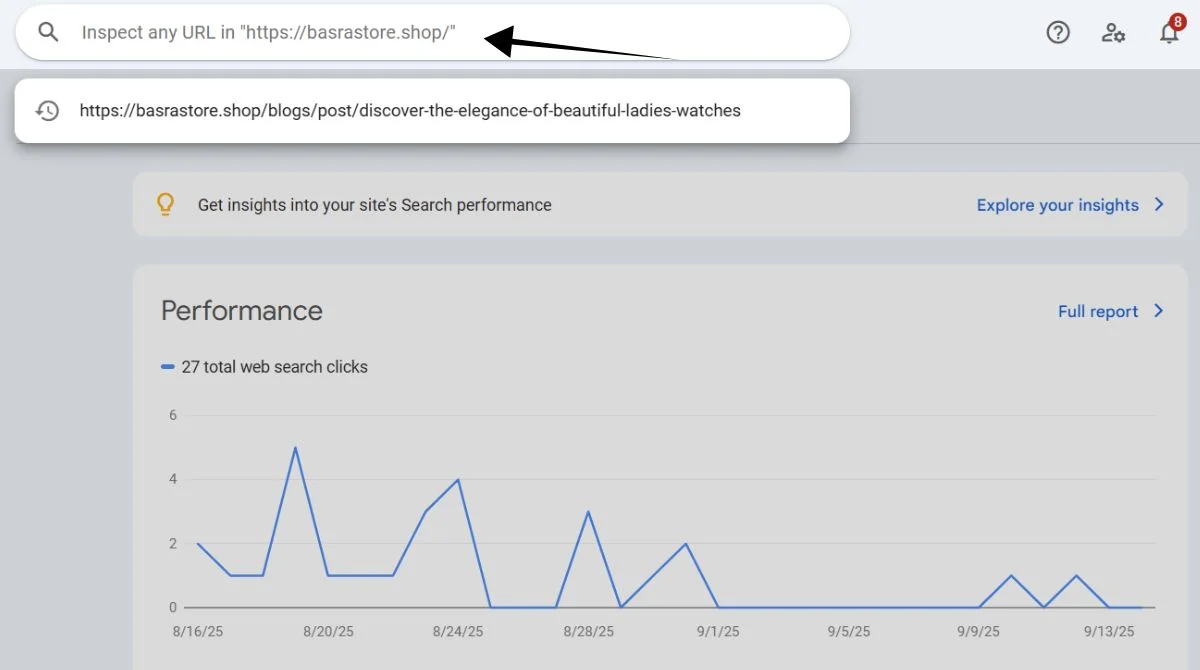
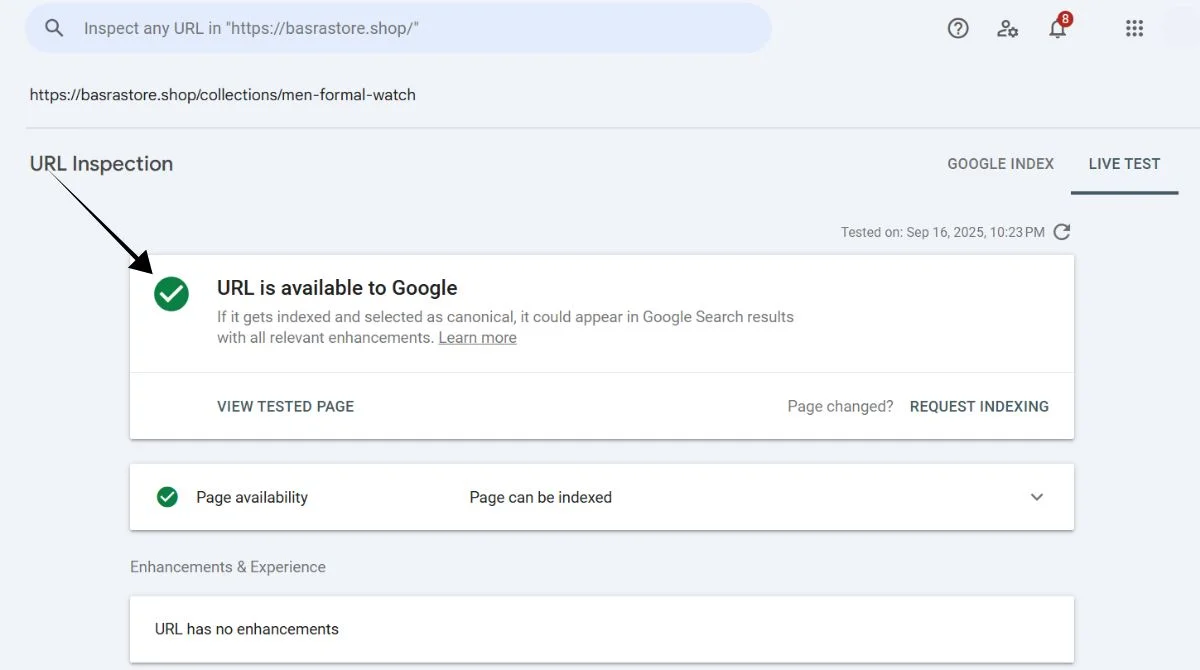
2. Build Internal Links to Your Backlink Pages
Create internal links pointing to pages that contain your backlinks.
Write blog posts or create resource pages that naturally link to these pages. Use relevant anchor text that helps Google understand the content context.
This strategy helps Google discover backlink pages more efficiently through your site’s existing crawl patterns.

3. Create Social Media Signals
Share the pages containing your backlinks on social media platforms.
Post links on Twitter, LinkedIn, Facebook, and other relevant platforms. Engage with users who comment or share your content.
Social signals play vital roles in expediting the backlink indexing process.
![]()
4. Use RSS Feed Submissions
RSS feeds help search engines discover new content faster.
Submit your backlink pages to RSS directories like Feedburner or RSS.com. Create topic-specific RSS feeds for better organization.
Generating RSS feeds is one of the various strategies that expedite backlink indexing.
![]()
5. Build Tier 2 Backlinks
Create backlinks to pages that already link to your website.
Find opportunities to link to your backlink sources from other websites. Focus on relevant, high-quality linking opportunities.
Indexing still works by creating additional backlinks to whatever link you want indexed.

6. Leverage Third-Party Indexing Tools
Several tools specialize in getting backlinks indexed faster.
IndexKings allows you to submit up to 20 links at a time for indexing. Other popular tools include Index Injection and Omega Indexer.
Research these tools carefully and choose ones with good reputations in the SEO community.
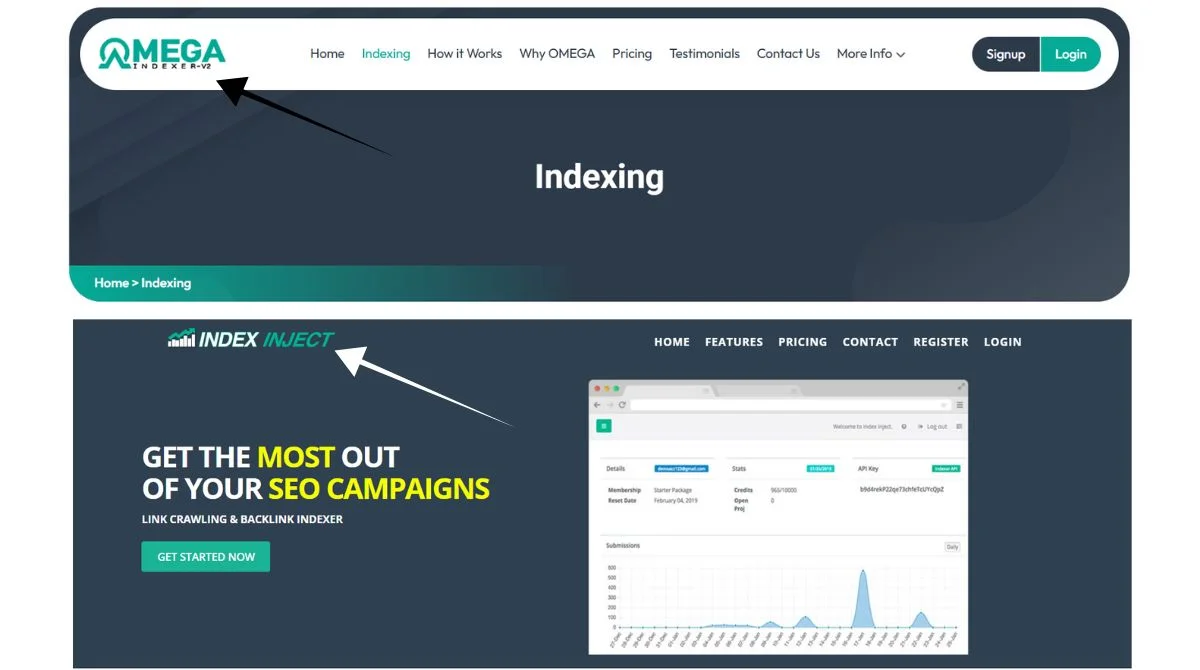
7. Create High-Quality Content Around Your Backlinks
Develop valuable content that naturally incorporates your backlinks.
Write comprehensive guides, case studies, or resource lists. Make sure the content provides genuine value to readers.
Google prioritizes indexing pages with substantial, helpful content over thin or low-quality pages.

8. Use Ping Services
Ping services notify search engines when new content gets published.
Submit your backlink URLs to services like Pingler or Feed Shark. Use multiple ping services for better coverage.
This method works particularly well for blog posts and news-related content.

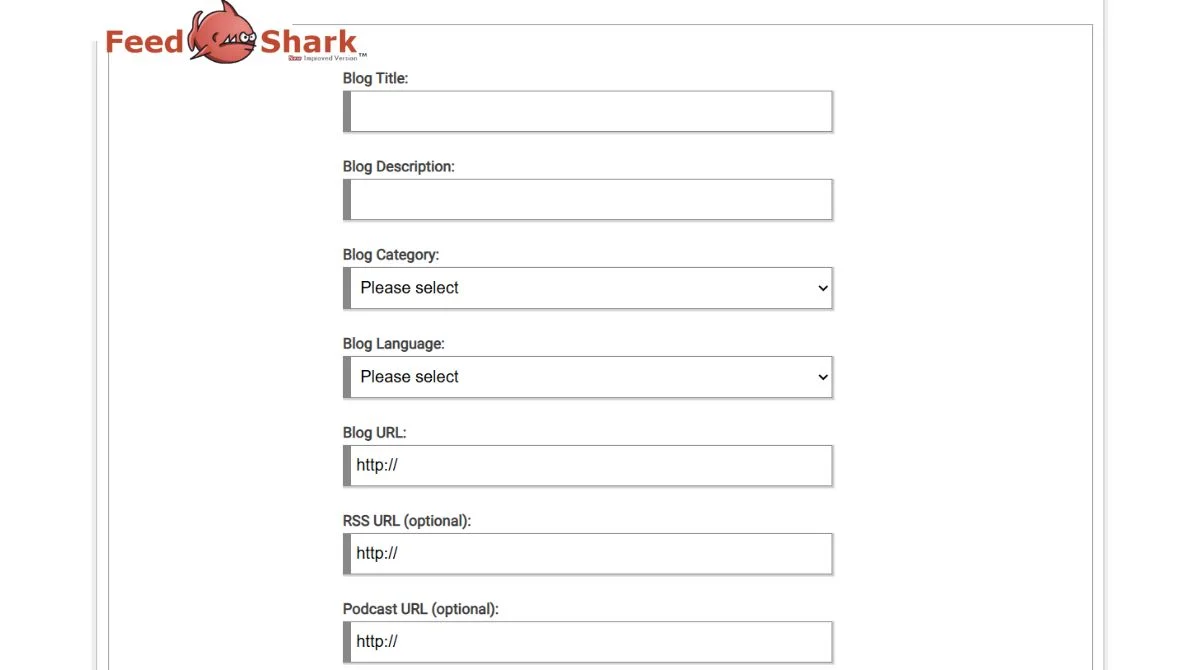
9. Build Citation Links
Create citations and mentions of your brand across the web.
Submit your business to relevant directories and industry listings. Include your website URL in author bios and guest post signatures.
These citations help establish your site’s credibility and encourage faster indexing.
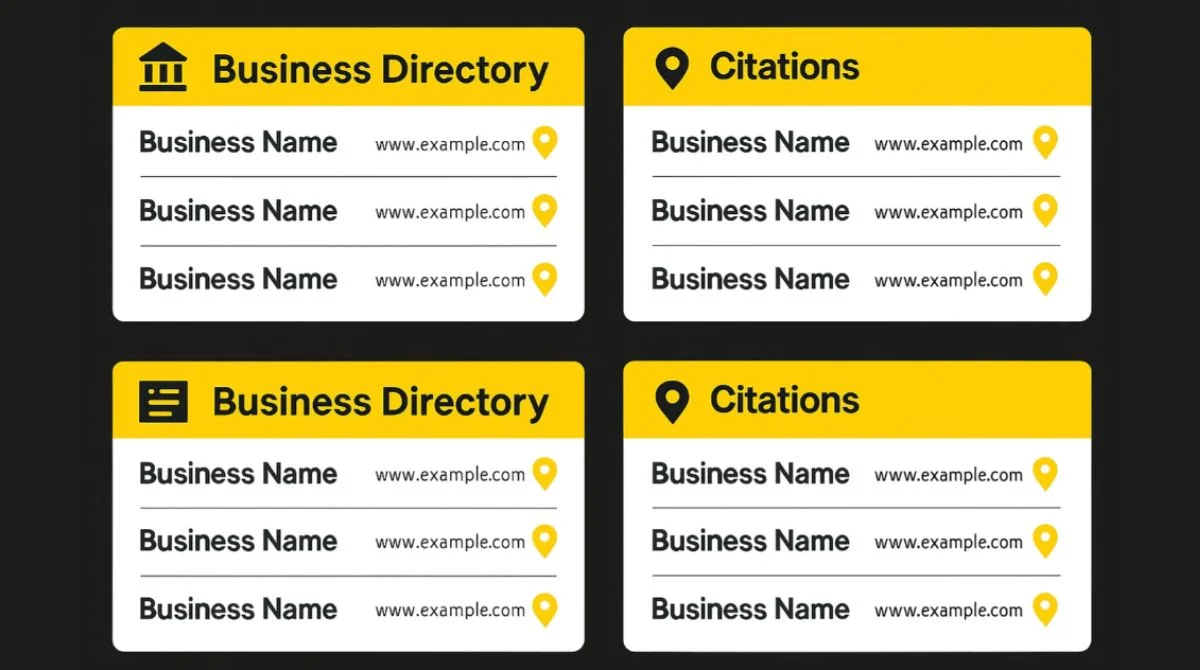
10. Optimize Page Loading Speed
Ensure pages containing your backlinks load quickly.
Compress images, minimize code, and use reliable hosting. Google crawls faster-loading pages more frequently.
Page speed directly impacts how often Google visits and indexes your backlink sources.
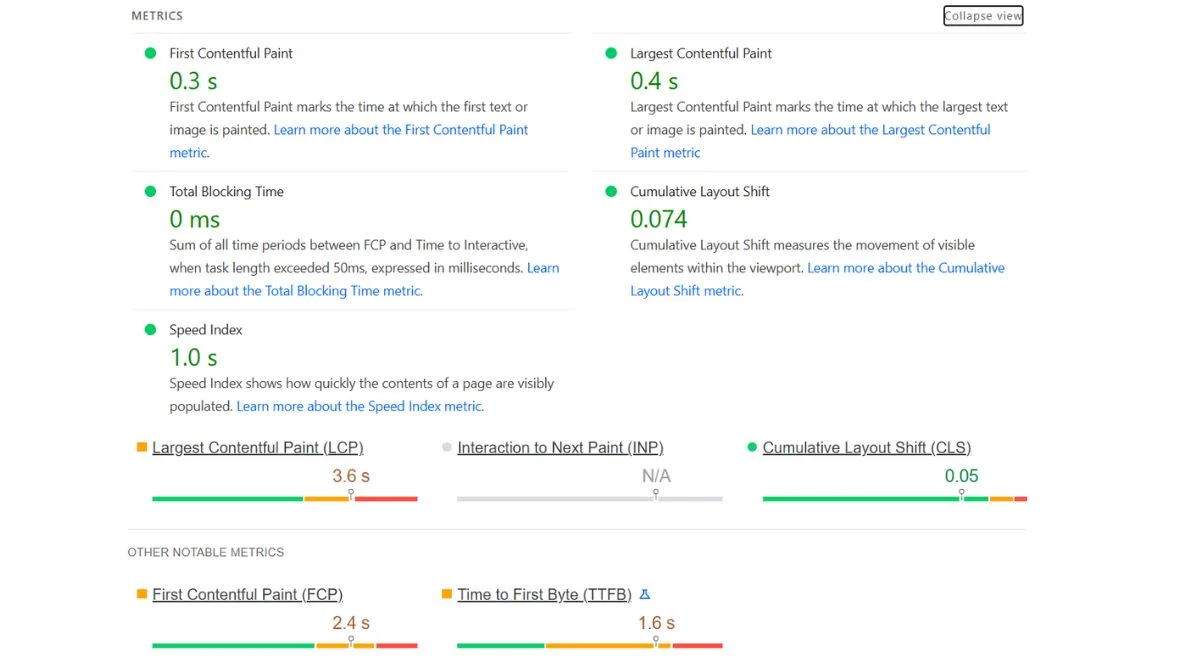
11. Create Sitemaps for Backlink Pages
Include backlink pages in XML sitemaps.
Generate comprehensive sitemaps that include all pages linking to your site. Submit these sitemaps through Google Search Console.
This method helps Google discover backlink pages it might otherwise miss during regular crawling.

Common Mistakes to Avoid When Indexing Backlinks
- Over-Optimization: Don’t use exact-match anchor text for every backlink indexing attempt.
- Low-Quality Link Building: Avoid getting backlinks from spam sites or link farms.
- Impatience: Indexing can take days or weeks, depending on the source site’s authority.
- Ignoring Mobile Optimization: Ensure backlink pages work well on mobile devices.
- Neglecting Content Quality: Don’t focus solely on indexing without ensuring backlink quality.
How to Check If Your Backlinks Are Indexed?
Use these methods to verify backlink indexing status:
1. Google Search Operators
Search “site:domain.com” to see indexed pages from specific domains.
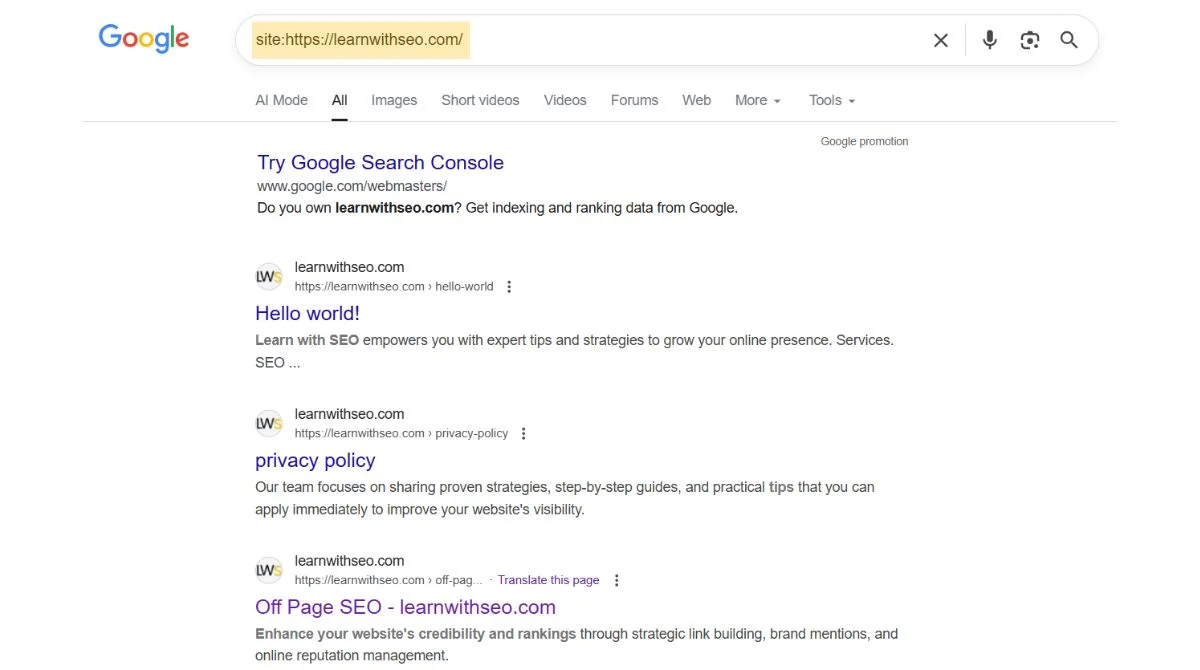
2. SEO Tools
Use Ahrefs, SEMrush, or Moz to track backlink indexing status.
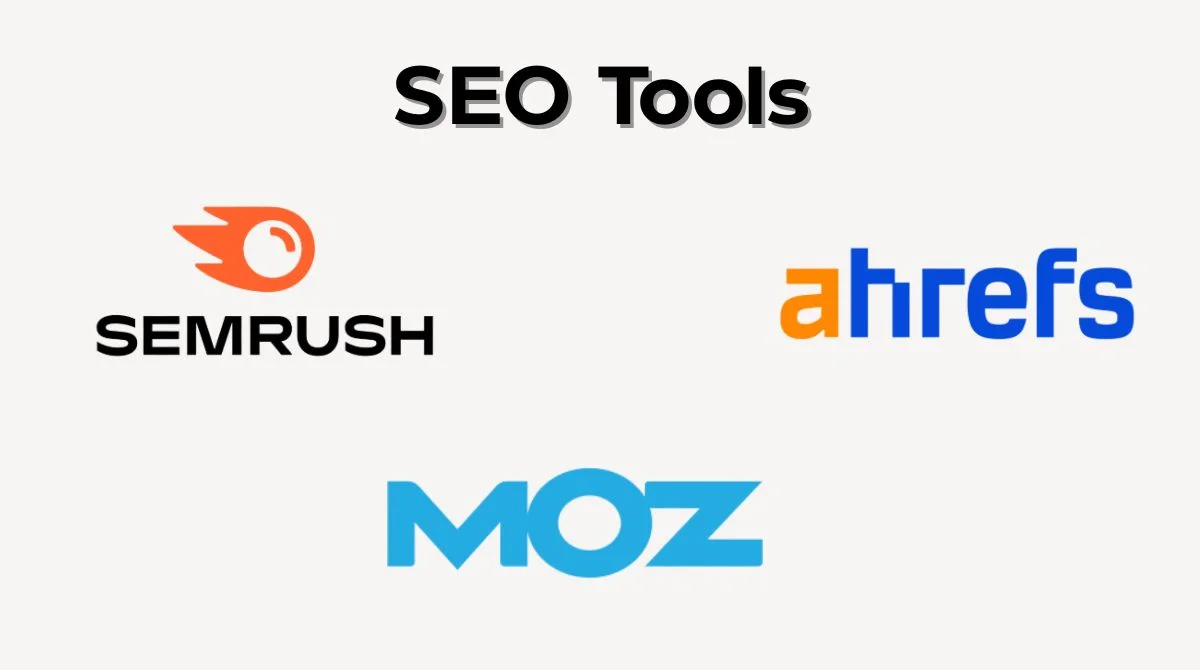
3. Manual Checking
Visit backlink pages directly and check if they appear in Google searches.
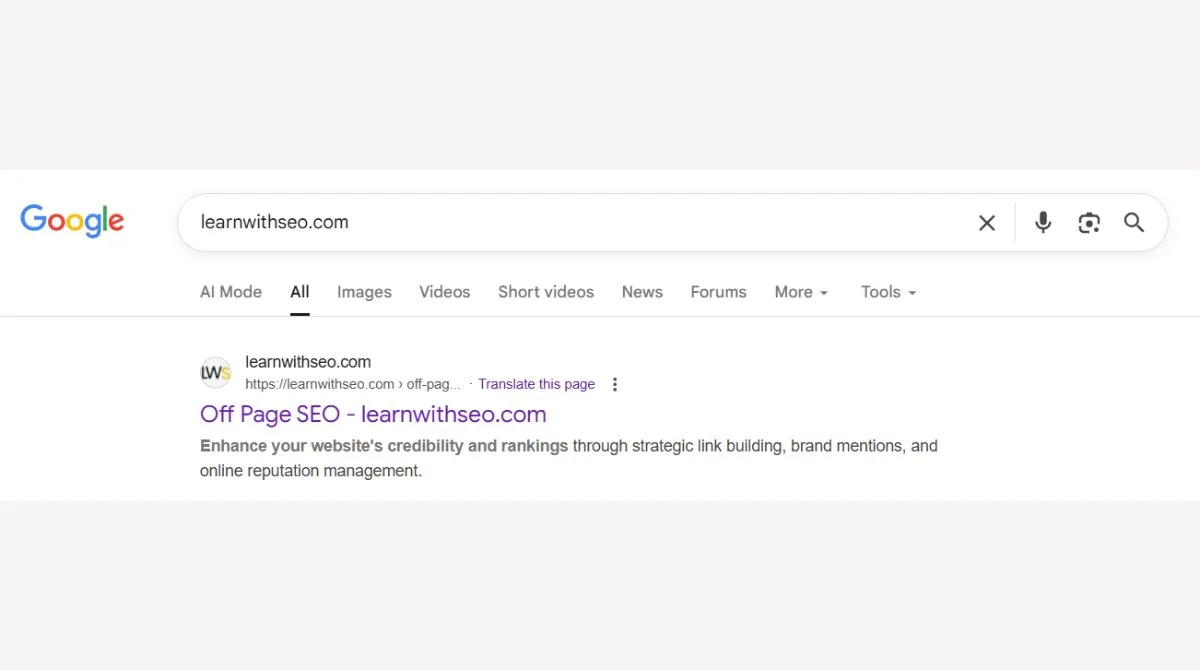
4. Search Console
Monitor backlink reports in Google Search Console for newly discovered links.
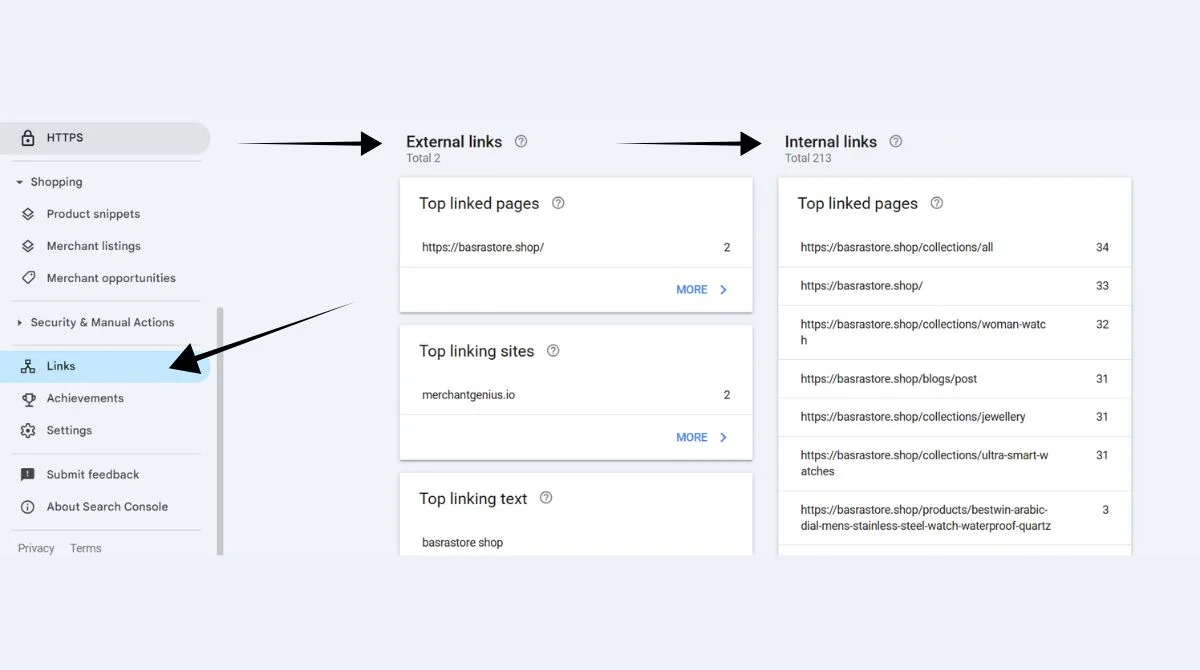
Best Practices for Long-Term Backlink Indexing Success
- Focus on Quality: Prioritize getting backlinks from authoritative, relevant websites.
- Diversify Sources: Don’t rely on a single indexing method or backlink type.
- Monitor Performance: Track which indexing techniques work best for your specific niche.
- Stay Updated: Keep up with Google algorithm changes that affect backlink indexing.
- Build Relationships: Maintain good relationships with webmasters who link to your content.
Conclusion
Learning how to index backlinks effectively can dramatically improve your SEO results. The techniques outlined above work best when used together as part of a comprehensive strategy. Remember that search engines analyze how trustworthy and credible linking sites are, and higher-quality backlinks get indexed faster. Start with the most accessible methods like Google Search Console submission and social media sharing. Then, gradually implement more advanced techniques like tier 2 link building and third-party indexing tools. Consistency is key. Make backlink indexing a regular part of your SEO workflow rather than a one-time activity.





